Curious Questions: What is the Stone of Scone?
Shrouded in myth and mystery, the unremarkable-looking Stone of Scone — the ancient symbol of Scottish sovereigns — still plays a significant role in the coronations of British monarchs, says Matthew Dennison.
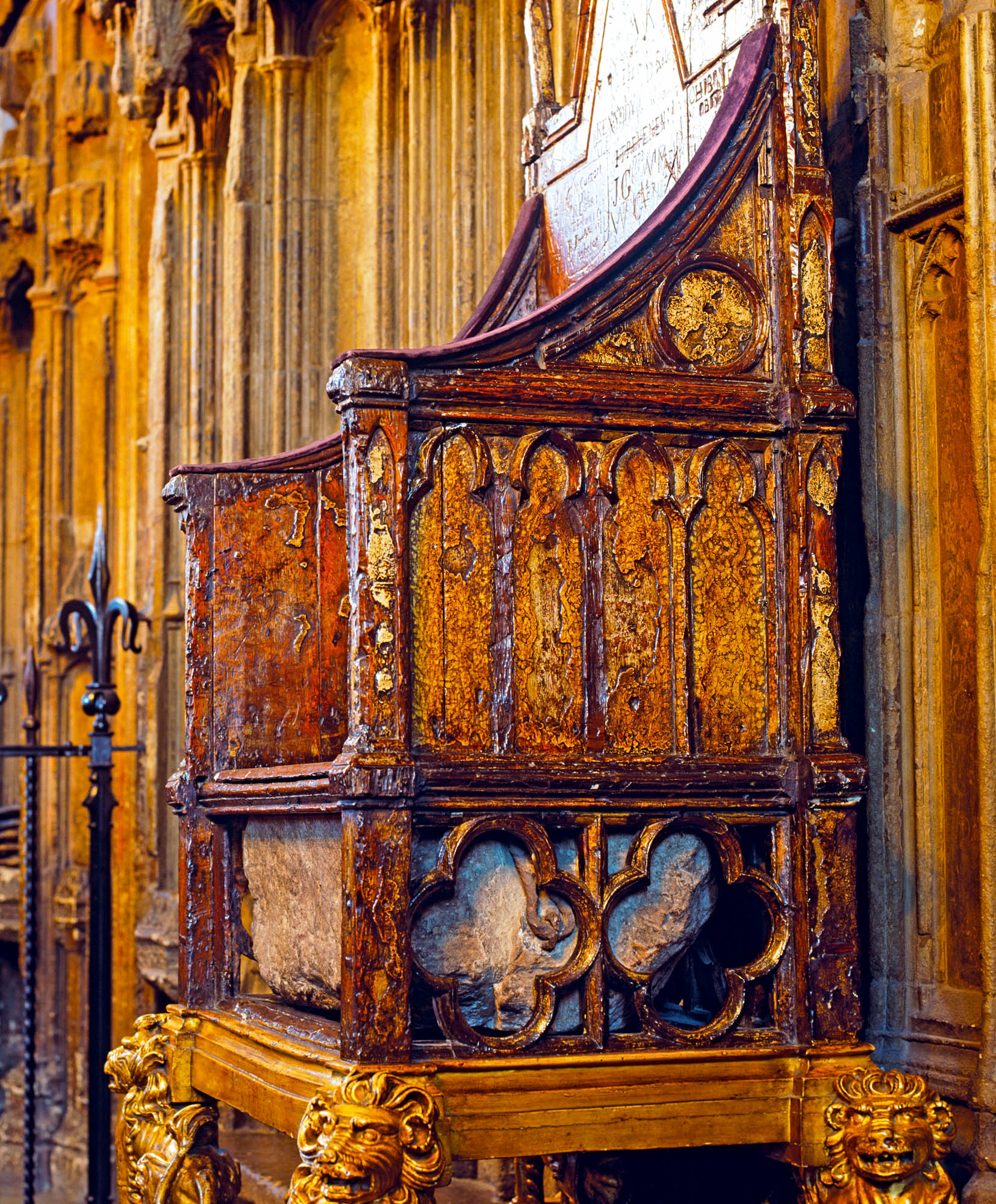
A letter from a Scottish correspondent, published in London in the Morning Chronicle in the New Year of 1819, recorded a legend nurtured over many centuries. ‘From time immemorial,’ suggested the writer, ‘it has been believed among us here, that unseen hands brought Jacob’s pillow from Bethel and dropped it on the site where the palace of Scoon now stands.’
The Old Testament ‘pillow’ in question was a block of pale-red sandstone: the Stone of Scone. (That 19th century spelling, incidentally, gives away the correct pronunciation: 'Scone' in this context is pronounced 'skoon', to rhyme with 'noon'.)
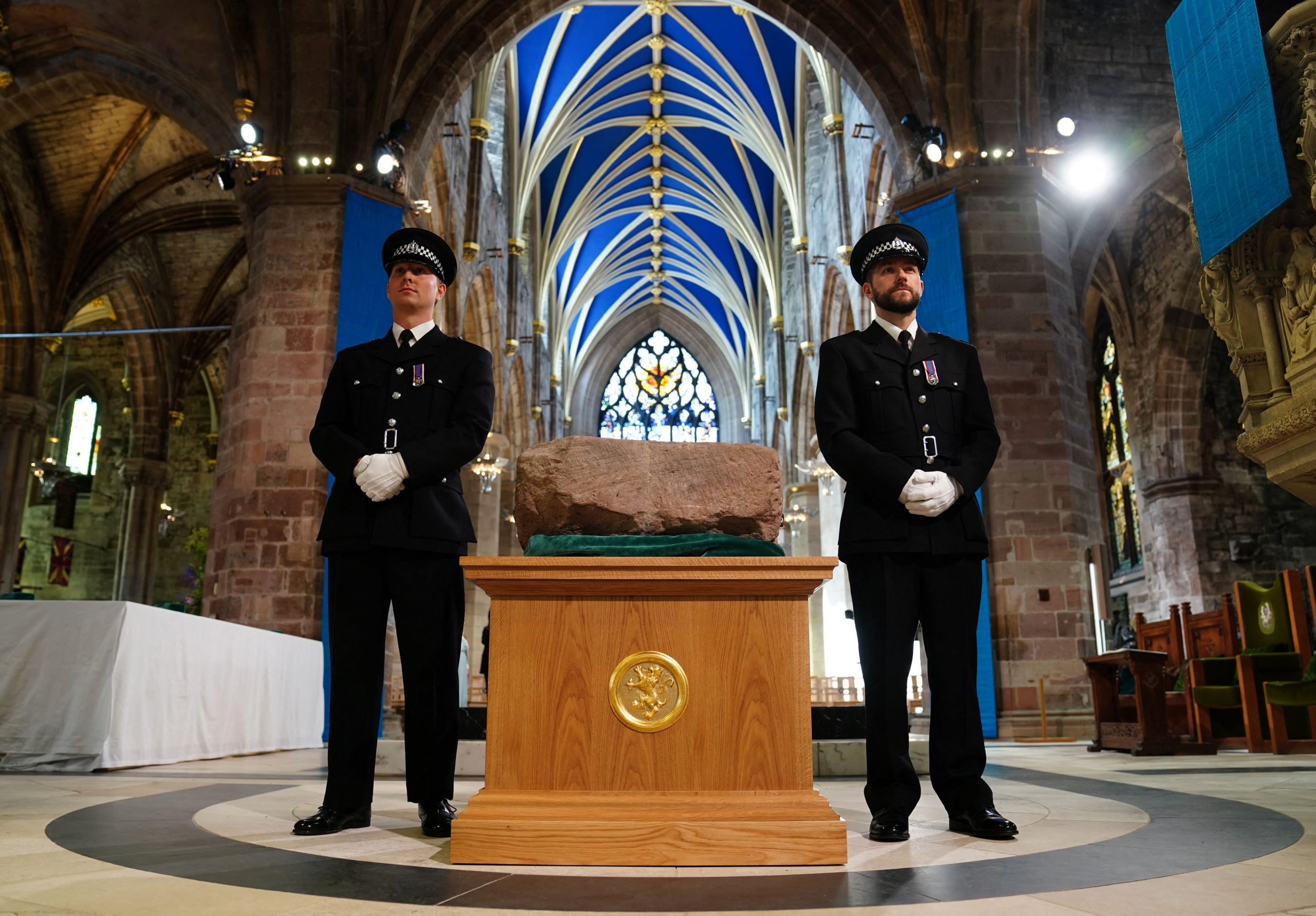
Few geological specimens in the British Isles exude more powerful symbolism than the Stone of Scone; few have attracted a richer palimpsest of legend and lore.
‘As long as fate plays fair, where this Stone lies the Scots shall reign,’ the Aberdeenshire chronicler John of Fordun asserted in the second half of the 14th century in his five-volume account of Scotland’s early history, Chronica Gentis Scotorum.
Events would mostly disprove Fordun’s rallying cry, yet this unyielding boulder, in 1902 acclaimed by Queen Victoria’s Scottish son-in-law, the Duke of Argyll, as ‘the Stone of Wonder’, has featured in both Scottish and British history, a symbol of power, kingship and nationhood. For more than a millennium, the Stone of Scone — also called the Stone of Destiny — has played its part in coronations, first of kings of Scotland; then, afterwards, the Kings and Queens of the United Kingdoms of Scotland and England.
Scientific evidence dismisses claims of the Stone’s Biblical origins. Indications that it was, indeed, quarried near Scone in Perthshire give the lie to early accounts in which, 600 years before Christ’s birth, the stone on which Jacob dreamt of a ladder of angels travelled from the Holy Land to Spain and thence Ireland, part of a caravanserai that accompanied the daughter of the last King of Judah on her marriage to Ireland’s High King, Eochaidh. In these versions, the Stone stayed 1,000 years in Co Meath, a crowning stool as it remains, before being taken to Scotland by Fergus Mor (Fergus the Great) at the end of the fifth century.
The truth, less venerable, is undeniably remarkable. In a pre-Christian tradition in which kings rested or stood on a stone as a means symbolically of asserting their connection to their realm, Alexander III sat on the Stone at his coronation at Scotland’s medieval capital of Scone in 1249. Within half a century, the Stone had left the kingdom Alexander once ruled. It was seized by the English King, Edward I, during his campaign of 1296 and taken south.
Exquisite houses, the beauty of Nature, and how to get the most from your life, straight to your inbox.
Edward’s installation of the Stone of Scone at the shrine of Edward the Confessor, Anglo-Saxon England’s royal saint, was a gesture every bit as symbolic as the Stone’s role in the crowning of Alexander III. It was, however, misleading. Despite ownership of the Stone, Edward had failed to subjugate Scotland under English rule. Over the course of the following decade, rebellions led by Andrew Murray, William Wallace and Robert the Bruce set about the bloody process of reasserting Scottish sovereignty. But the Stone remained at Westminster.
Edward ordered a chair made from bronze as a setting for his principal Scottish spoil. Its design was probably entrusted to Michael of Canterbury, the King’s master mason, but it was never made. Historians have blamed the escalating costs of Edward’s aggressive foreign policy for the decision instead to make a wooden chair, painted by Master Walter with patterns of birds, foliage and animals on a gilded ground, that was placed beneath a canopy close to the altar of the shrine of Edward the Confessor. Below its simple plank seat was displayed the Stone of Scone.

In Scotland, the Stone’s theft rankled. Negotiations for its return were a feature of the reigns of both Edward II and Edward III, particularly following the Pope’s response to the Scottish Declaration of Arbroath of 1320 and the Papal Bull that, in 1329, allowed the anointing and crowning of a king of the Scots; nothing came of them. Sir Roy Strong has suggested that, despite English reluctance to return the precious relic, its use in English coronations cannot be claimed with any certainty until the crowning of Henry IV in October 1399. Perhaps, then, Scots observers considered it just punishment that Henry died after suffering a stroke when praying at St Edward’s shrine within sight of the Stone.

The tradition established in Henry’s reign continued, and has done to the present day. At Charles III’s coronation at Westminster Abbey in May, The King sat in the gilded wooden Coronation Chair made for Edward I in the dog days of the 13th century. Beneath his seat was the Stone of Scone, 152kg in weight. It rested on four gilded lions, as it has since the chair’s remodelling in the 16th century, although no visible trace of the 9th-century Latin inscription attributed to Kenneth MacAlpin — ‘If Fates go right, where’er this stone is found/The Scots shall monarchs of that realm be crowned’ — could be glimpsed.
For the millions of television and online viewers, May’s ceremony represented a now rare opportunity to see the Stone of Scone and the Coronation Chair reunited. In 1996, in a gesture linked to political devolution within the UK, the Stone was returned to Scotland. It is on display at Edinburgh Castle, alongside the Honours of Scotland.
This was not the Stone’s first return to its homeland. On Christmas Day 1950, four Scottish students stole the Stone from Westminster. A government search failed to locate the plundered artefact. It was found on April 11, 1951, on the altar of Arbroath Abbey, the foundation associated with the Declaration of Arbroath and medieval Scottish independence.
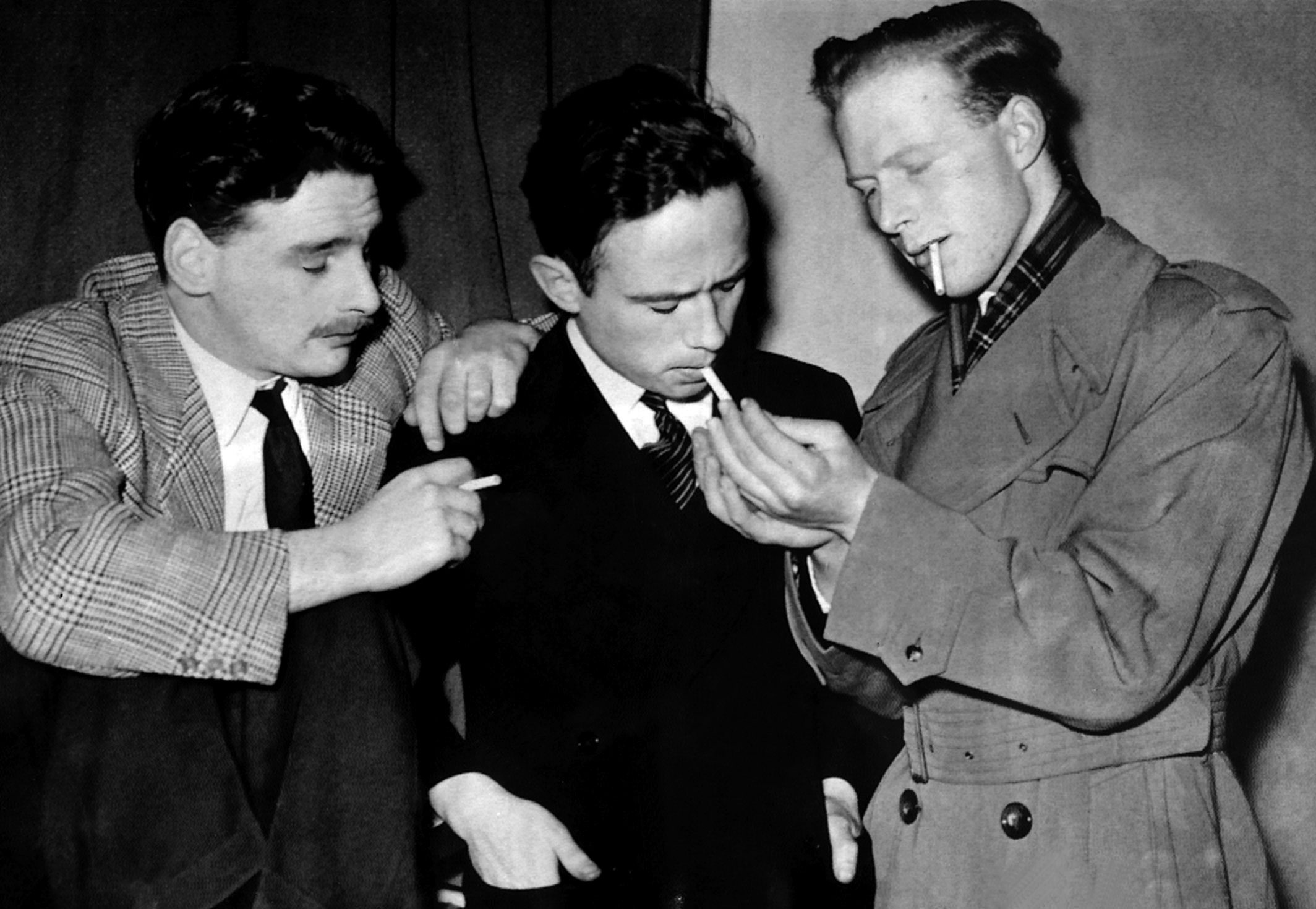
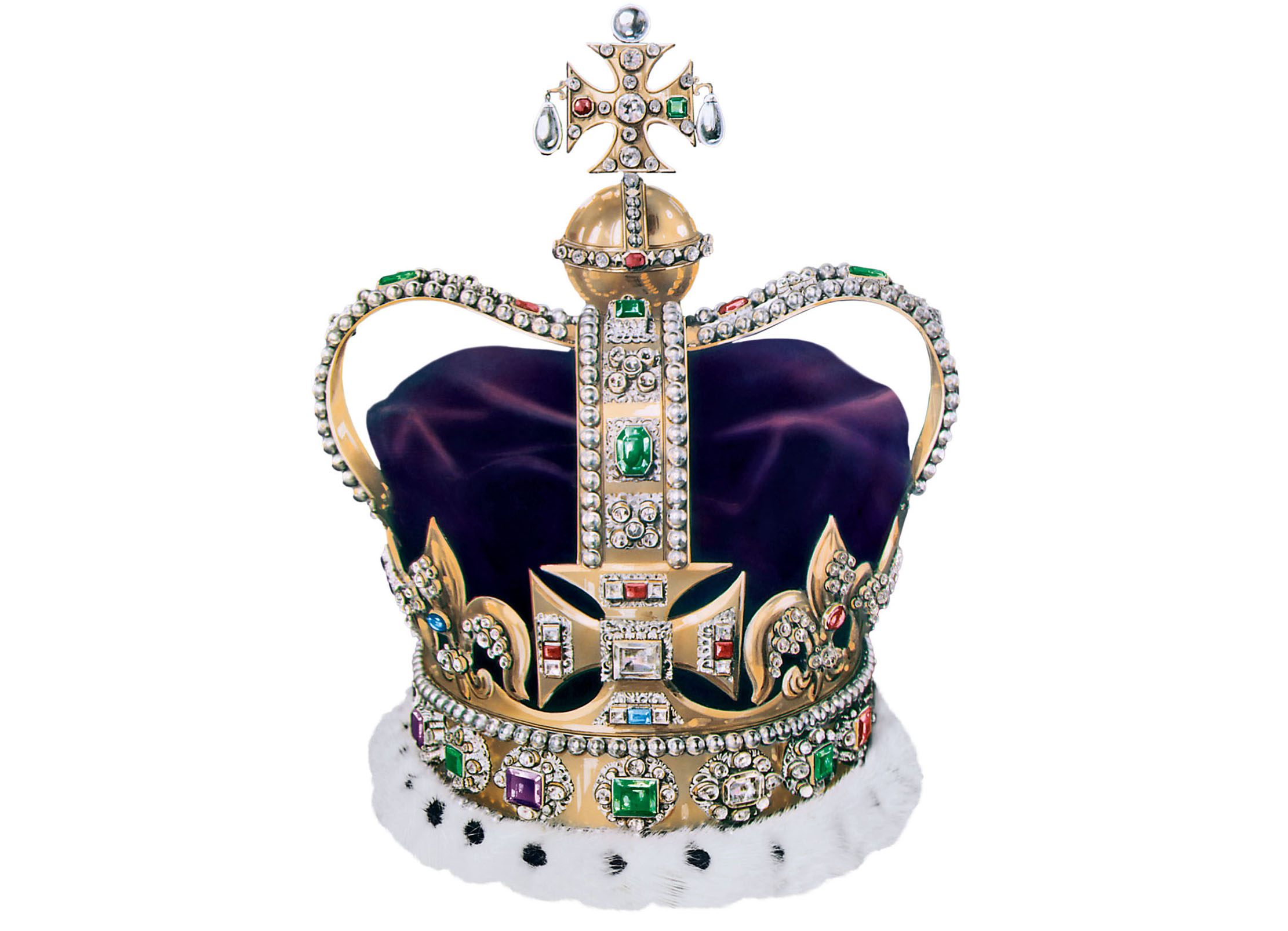
St Edward's Crown: The tale of the crown being used at the Coronation of King Charles III
It is to the Crown that we owe allegiance. Matthew Dennison considers the history of this most familiar attribute of
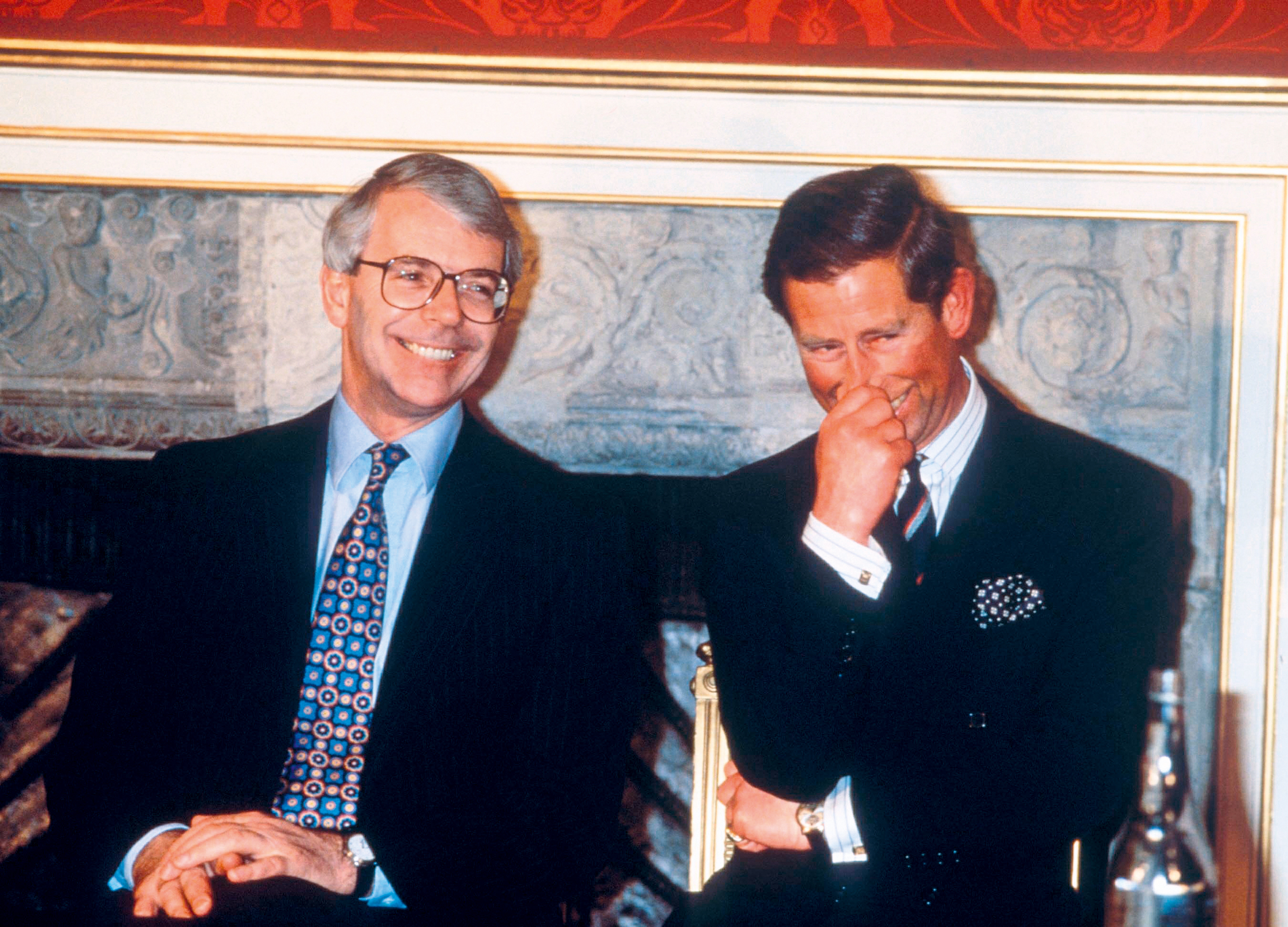
Sir John Major on King Charles III: 'The King was so far ahead of received wisdom that he had to wait for it to catch up'
Ahead of the curve, diligent and gifted with an empathy that allows him to connect with all people, Charles III
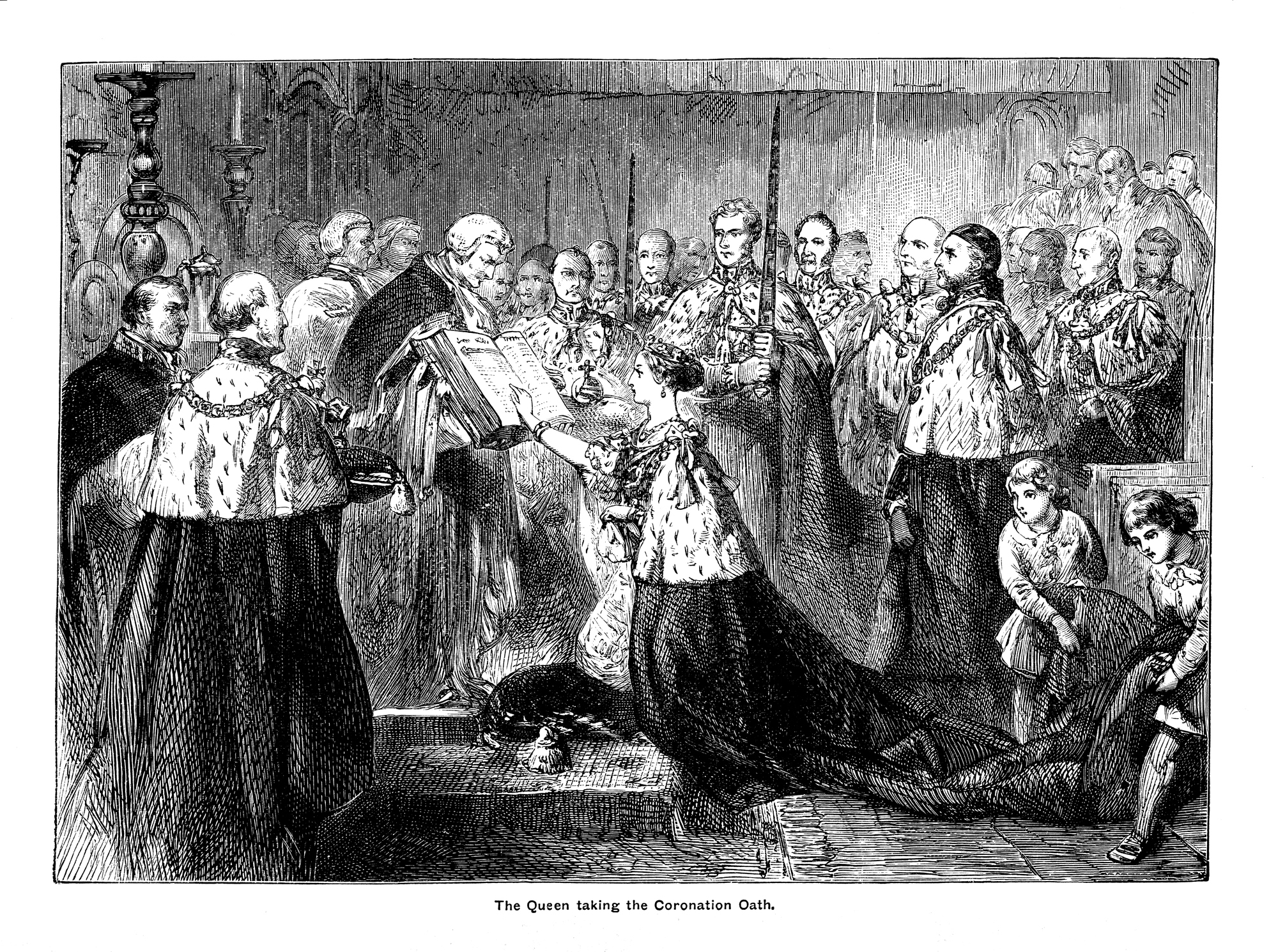
The Coronation oath: 'This is no empty display. It is the foundation stone of our system of government'
The Queen’s Coronation saw her take an oath which is crucial to our system of Government.